Log in or create new account to save this product to your wishlist.
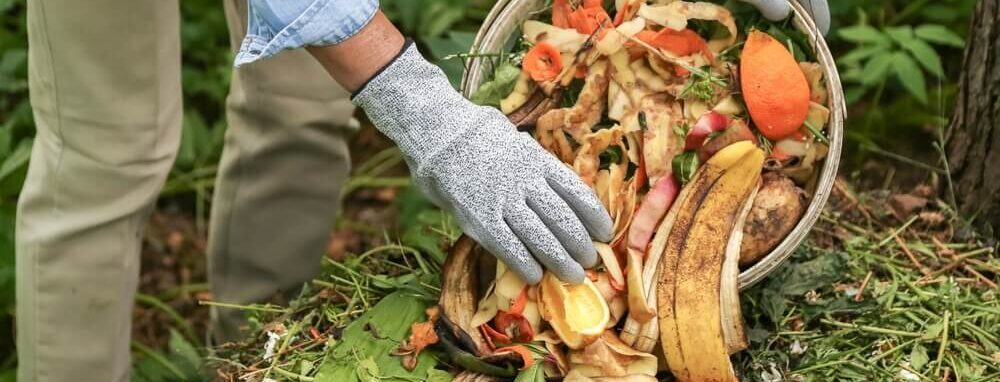
Zero-Waste Gardening – This is How You Do It!
Did you know that the average person wastes between 100 and 150 kilos of food every year? That's why the concept of zero-waste gardening is becoming increasingly important for environmentally conscious gardeners that like to do their gardening greener.
🌱 All important maintenance moments for your lawn during the year. Leave your email and we will send you the lawn calendar for free.
Enter your email
Receive the lawn calendar in the mail
Enjoy a green lawn all year round!

- Order by 2PM = shipped today
- 250.000+ satisfied customers!
- 60 day satisfaction guarantee
Gardening without waste isn’t just beneficial for the environment; it creates a healthy, natural cycle. For instance, composting fruit and vegetable scraps can attract beneficial organisms like worms and insects, that in turn enhance your soil’s health.
In this blog, you’ll discover practical tips and techniques to transform your garden into a zero-waste paradise. From cleverly reusing garden materials to setting up your own composting system – we’ll cover all aspects of zero waste gardening.
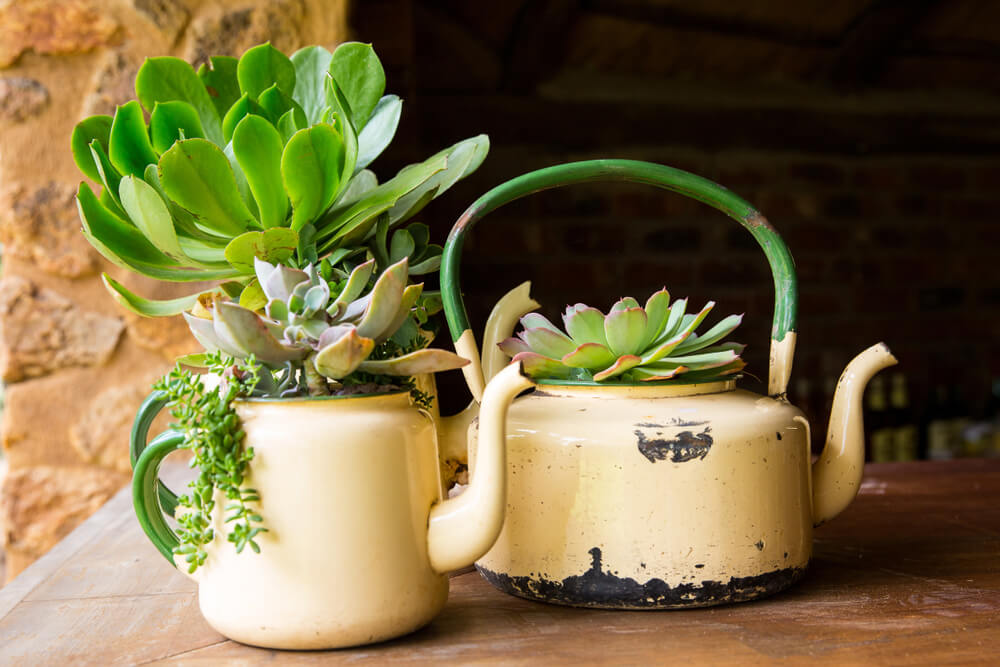
Smart planning for less garden waste
Smart planning forms the foundation of a zero-waste garden. By making conscious choices about plants and techniques, you reduce garden waste and create a healthier environment for plants and wildlife.
By being resourceful with available materials, you can also minimise waste and implement clever reuse strategies.
Start by selecting appropriate plants. Choose species that naturally grow slowly and require minimal maintenance (and water). Succulents, lavender, and rosemary are prime examples.
Avoid fast-growing specimens like bamboo or cherry laurel, as these produce substantial pruning waste. Moreover, it’s wise not to plant too densely, reducing the need for frequent pruning.
Creative material management
For a sustainable garden, you can get creative with materials. For example, make your own potting soil by mixing 4 parts garden soil with 3 parts matured compost, 2 parts tree bark, and 1 part sand.
This mixture serves as an excellent alternative to peat-containing compost, which is environmentally harmful to extract. If your soil needs more calcium, you can incorporate crushed eggshells to enrich it naturally.
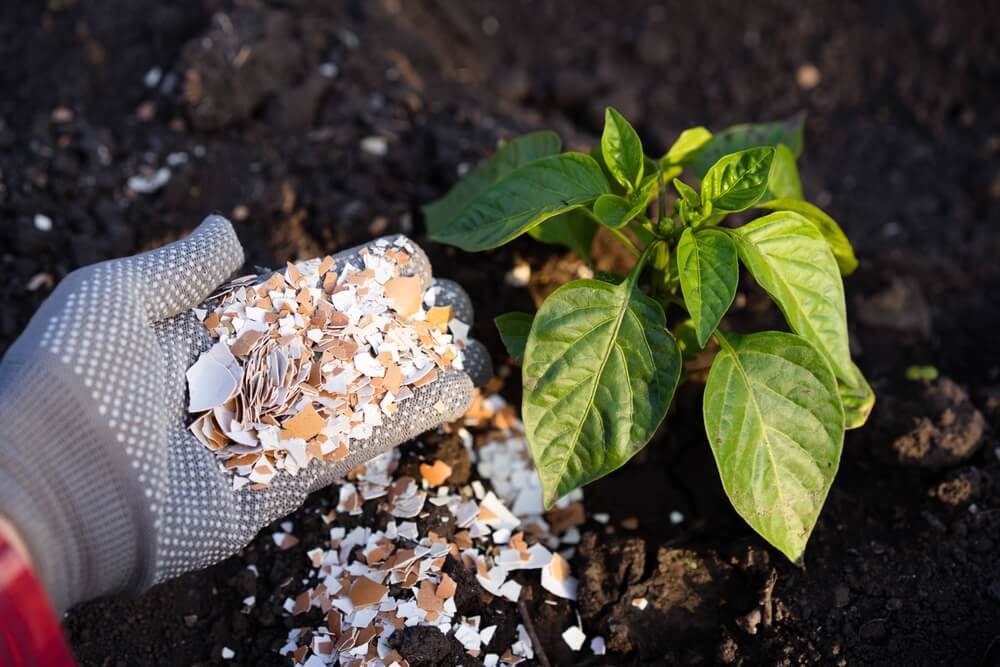
Reuse takes centre stage in a zero-waste garden. Old toilet paper rolls, egg cartons, and mushroom containers make perfect seed-starting trays. For climbing plants, repurposed pallets or bamboo poles. These materials often last for years and are typically available free of charge.
When pruning becomes necessary, make clever use of the garden waste. Shredded branches and leaves create a valuable mulch layer around your plants. This natural covering helps retain moisture, suppresses unwanted plant growth, and enhances soil structure.
Sharing resources
For larger gardening projects, sharing tools is a smart solution. Through social media or platforms, you can borrow gardening equipment that you only need occasionally. This not only saves money but also prevents the purchase of rarely used items. Alternatively, consider buying second-hand gardening tools.
When your plants multiply, consider exchanging them with other gardeners. This not only creates social connections but ensures surplus plants find new homes rather than ending up as green waste. You might even acquire some lovely new specimens in return.
Taking cuttings
A zero waste (and zero purchase) method of obtaining new plants is through propagation. Spring and summer are ideal for taking cuttings, as plants experience natural growth spurts during these seasons.
For successful propagation, use a sharp knife or secateurs to prevent fungal growth. Monitor your cuttings daily and ensure they receive adequate light. Most cuttings develop new roots after approximately six weeks.
Natural cycles in your garden
Composting forms the heart of a natural cycle in your garden. This technique transforms kitchen and garden waste into nutrient-rich soil improver. By using compost, you enhance soil structure and stimulate soil life, leading to better plant re-growth.
For successful composting, don’t forget to mix, cover, moisturize, add material, and overturn regularly.
Start by combining brown materials (such as dried leaves and twigs) with green materials (such as grass clippings and fresh kitchen waste). Cut all ingredients into pieces no larger than 4 inches (ca. 10 cm) for better decomposition.
Gardening greener with the right materials
For a healthy compost heap, the right mixture is essential. Add these materials:
- Nitrogen-rich (green): grass clippings, wilted flowers, raw vegetable scraps, tea leaves
- Carbon-rich (brown): pruning waste, cardboard, sawdust, manure from small herbivores
Cooked food remnants, bread, cheese rinds and citrus fruits are unsuitable for your compost heap. These attract unwanted visitors or disrupt the composting process.
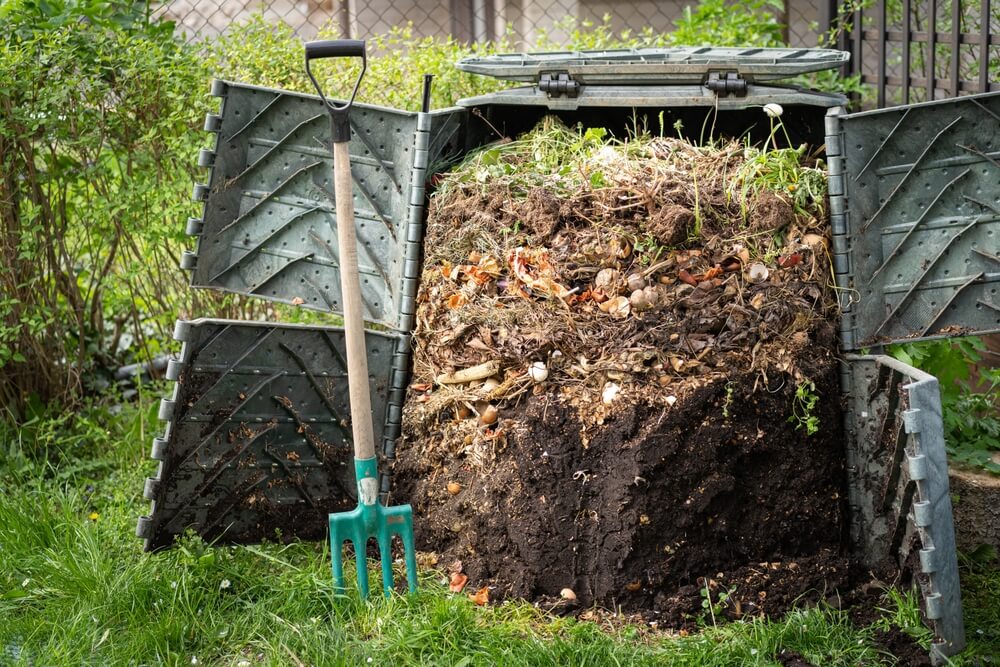
A successful compost heap requires a minimum volume of one cubic metre. Regularly check moisture levels by squeezing a handful of material – a few drops should emerge. After approximately six to nine months, you’ll have mature compost ready for use.
Mulching
Mulching is another effective technique for your zero waste garden. This method protects the soil with a layer of organic material. Suitable mulching materials include:
- Home-made compost
- Mown grass
- Shredded branches
- Leaves
This natural covering reduces evaporation, protects against temperature fluctuations and stimulates soil life. Additionally, it reduces the need for watering and weeding.
By applying this natural cycle, you reduce garden waste and create a healthy soil that better retains water and nutrients. Moreover, you save money by reducing the need for artificial fertilisers whilst contributing to a more sustainable garden environment.
Saving water and reducing shopping trips
A perfect addition to zero waste gardening is, naturally, starting a vegetable garden. Few things are as satisfying as harvesting from your own garden. Additionally, it saves you multiple trips to the vegetable, fruit, and herb sections. It also reduces waste, as much produce from supermarkets comes packaged.
Installing a water butt in your garden ensures you waste less tap water. Furthermore, rainwater is better for your plants because it contains significantly less lime. Too much lime can accumulate in the soil. Rainwater contains a good balance of minerals and can help plants absorb nutrients more effectively through their roots. It’s a win-win situation!
Creative reuse in the garden
Garden reuse extends beyond composting. By creatively utilising everyday materials, you can create a sustainable garden without additional costs whilst contributing to waste reduction.
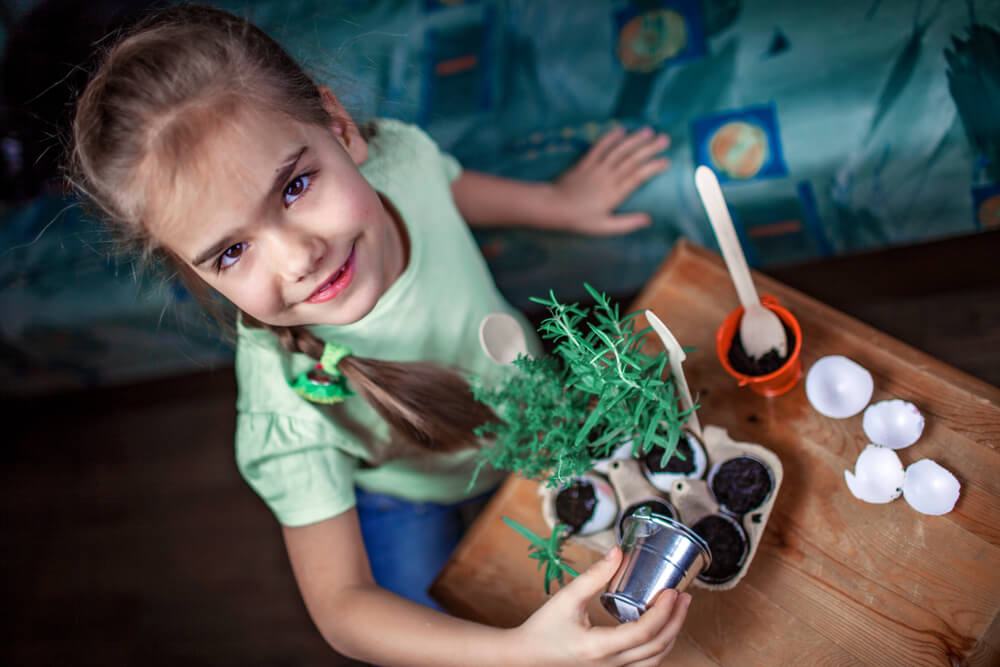
Toilet paper rolls are ideal for starting seedlings. Fold the sides inward to create a sturdy base and allow them to dry for 24 hours. These biodegradable pots are perfect for sensitive seedlings that don’t transplant well.
Egg cartons also prove excellent in your zero waste garden. Fill the compartments with potting soil for sowing different types of plants. Do place a tray underneath, as the material softens when in contact with water.
Outfitting your garden
You can also approach garden design with a zero-waste mindset.
Give old paving slabs a second life as:
- Romantic seating (stack them to achieve a sitting height)
- Casual walkways between ground cover plants
- Sturdy edging for borders or vegetable garden beds
Plastic storage containers and water bottles can be easily transformed into miniature greenhouses for starting seeds that require a humid environment. For larger projects, wooden pallets are versatile – use them to construct compost bins, planting containers, or even garden furniture.
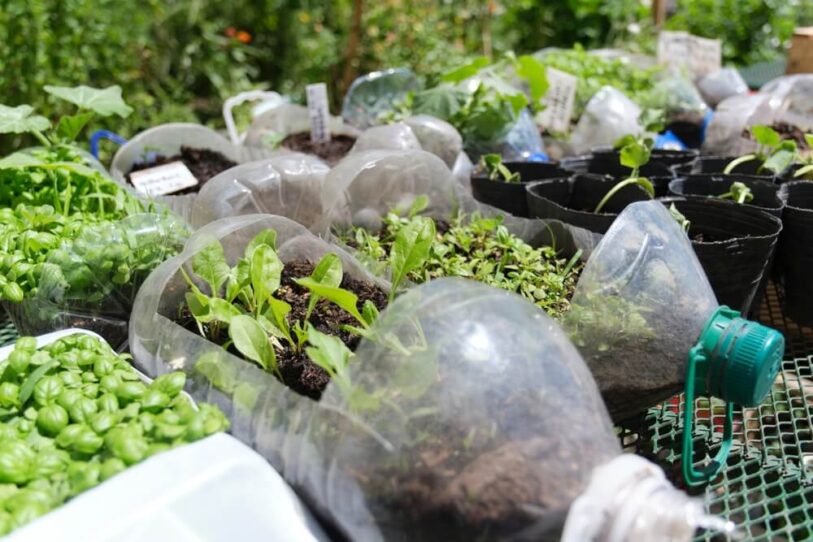
Are your hands (and your green fingers) starting to itch? Read more about gardening with recycled materials.
Get started with zero-waste gardening
Zero waste gardening may require some extra attention, but the benefits certainly make it worthwhile. Through clever planning, natural composting, and creative material reuse, you can create a sustainable garden that perfectly complements an environmentally conscious lifestyle.
Getting started doesn’t have to be challenging. Begin with a small compost heap or experiment with propagating plants. Even small adjustments like repurposing egg cartons as seed trays can make a difference.
Remember that a zero-waste garden is also about connecting with other gardeners. Share surplus plants, exchange cuttings, or borrow tools. This way, you’re building a sustainable garden and fostering a green community.
Any questions or tips of your own? Please leave a comment.
Happy zero-waste gardening!
-
How to Master Tree Pollarding: A Practical GuidePretty dense! What might be an insult to some, is certainly a compliment to trees. Through pollarding, you can make sure, your trees have a dense crown of beautiful leaves.Read more
-
Get Ready: Here are 5 Garden Trends for 2025Curious about the latest garden trends for 2025? From smart solutions to sustainable choices, discover all the outdoor trends that are transforming British gardens!Read more
-
How to Care for Plants in Winter: A Simple GuideWhen winter comes around, the care requirements of your plants change. Find out, how to adjust the care routine for your plants.Read more
-
Companion Planting Made Easy: A Step-by-Step TutorialStrategic plant partnerships can solve common gardening problems like pest invasion and disappointing yields. Find out which plants are great together in our companion planting guide.Read more
-
How to Grow Sweet Potatoes in Your GardenWant to know something splendid? A single sweet potato plant can produce 5 to 10 pounds (4.54 kg) of nutritious tubers—plenty to keep your family’s pantry well-stocked for weeks!Read more
-
Revive Your Lawn After Winter With These Easy StepsTired of winter lawn damage? Discover how to repair brown spots, remove weeds, and revitalise your grass for a thriving garden this spring.Read more
-
A Complete Guide On Lighting for Your House PlantsAchieve perfect lighting for houseplants! This guide covers light mapping, plant placement, and grow light tips to help your plants flourish indoors.Read more
-
How To Get Rid of Japanese Knotweed EffectivelyLearn to recognise Japanese knotweed quickly and control it effectively. Prevent damage to your garden with our tips for safe removal.Read more
Leave a comment
Your answer will be displayed on the site and the interested party will be notified by email.
Leave a comment
Have a question or want to share your experience? Leave us a comment.
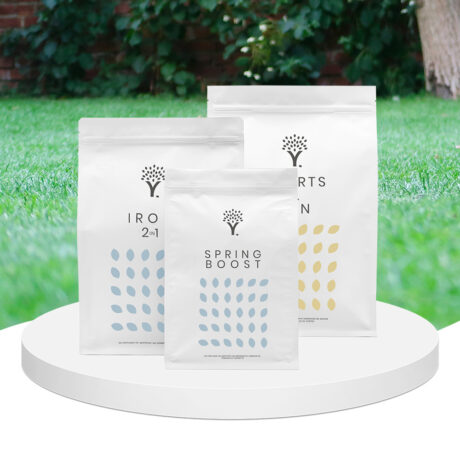
- Order by 2PM = shipped today
- 250.000+ satisfied customers!
- 60 day satisfaction guarantee
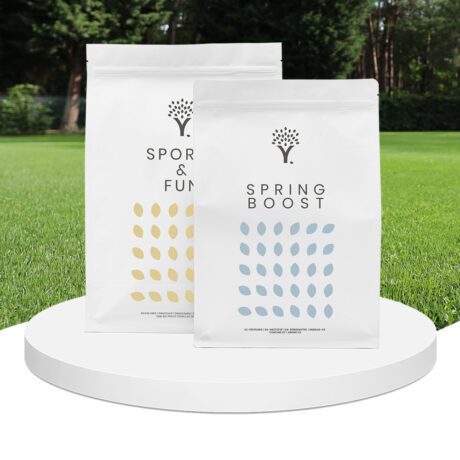
- Order by 2PM = shipped today
- 250.000+ satisfied customers!
- 60 day satisfaction guarantee
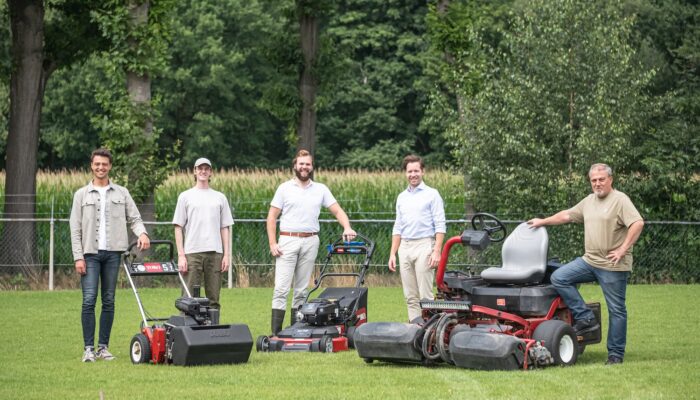
🌱 All important maintenance moments for your lawn during the year. Leave your email and we will send you the lawn calendar for free.
Enter your email
Receive the lawn calendar in the mail
Enjoy a green lawn all year round!


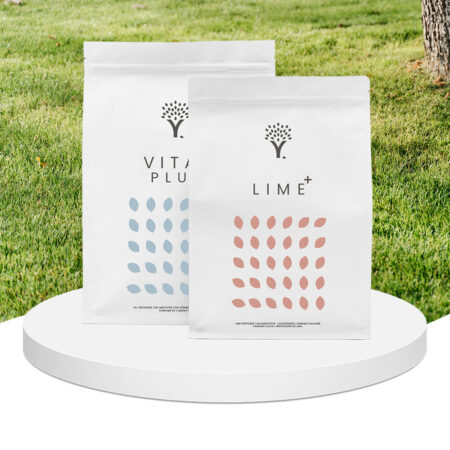



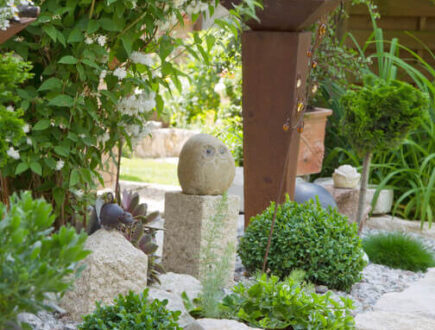
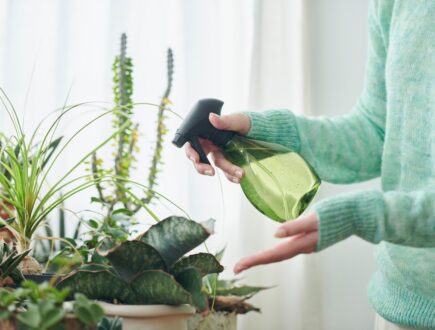

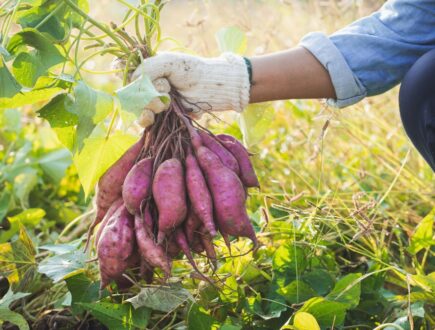
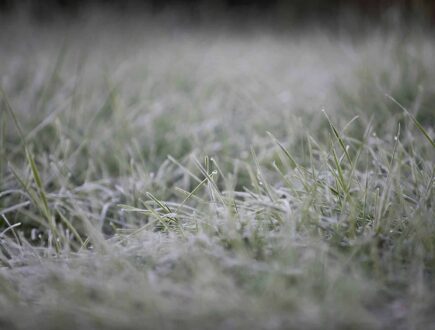

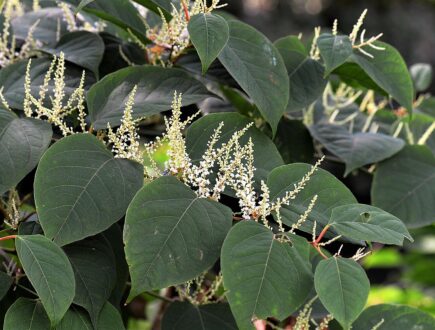
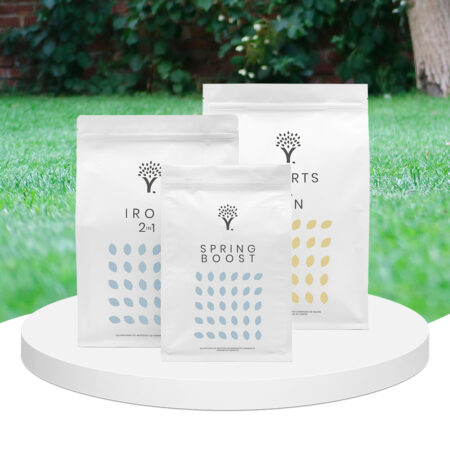
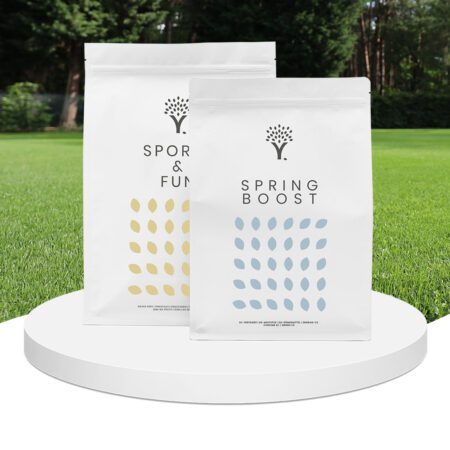
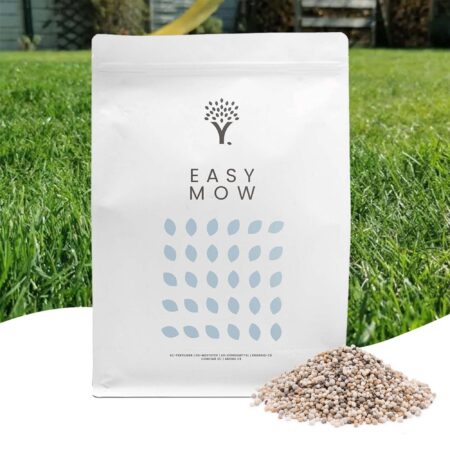
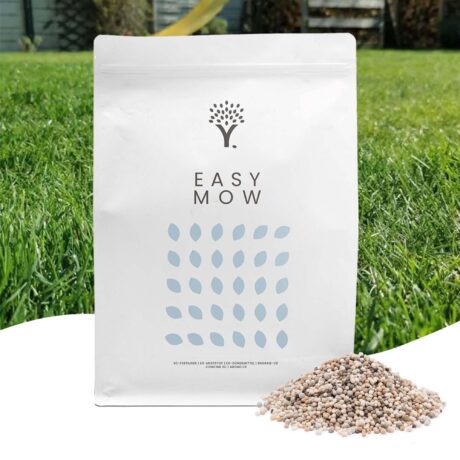

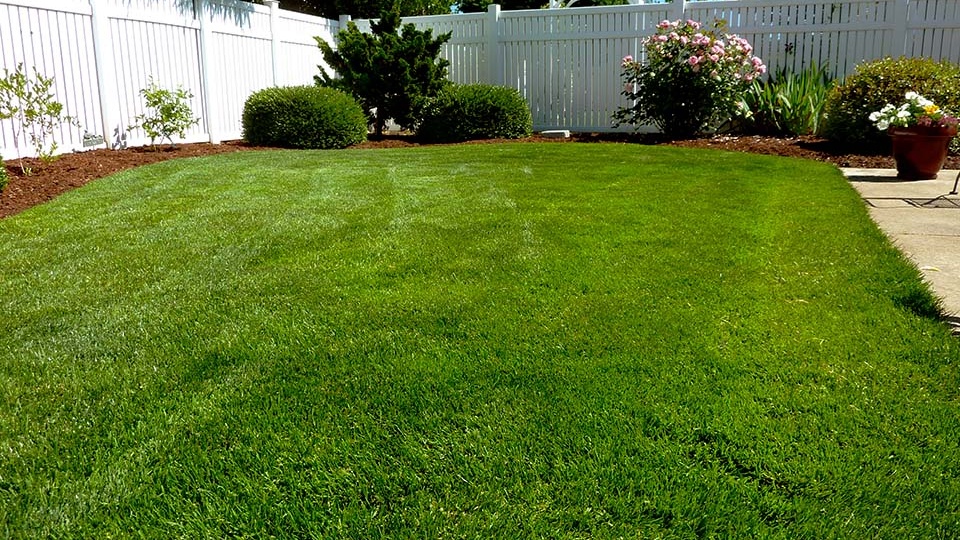
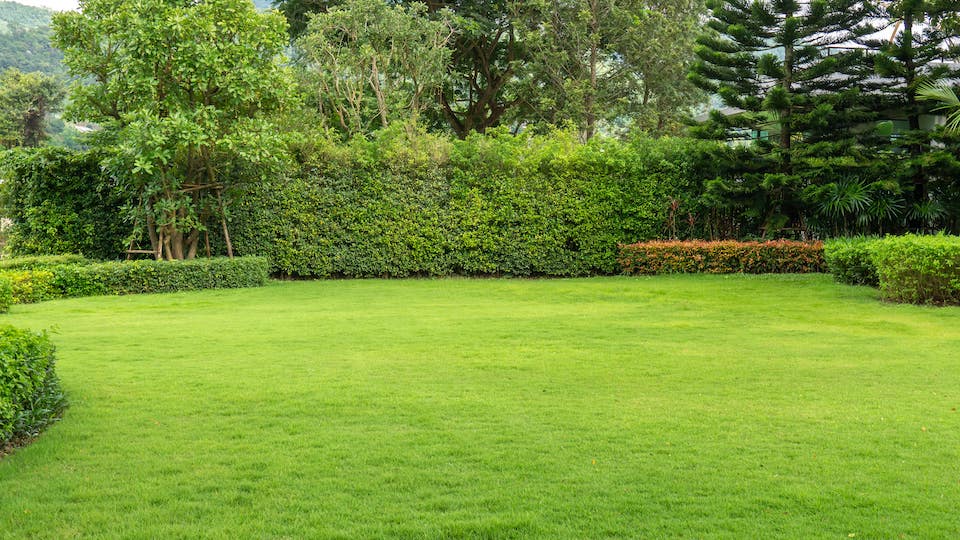
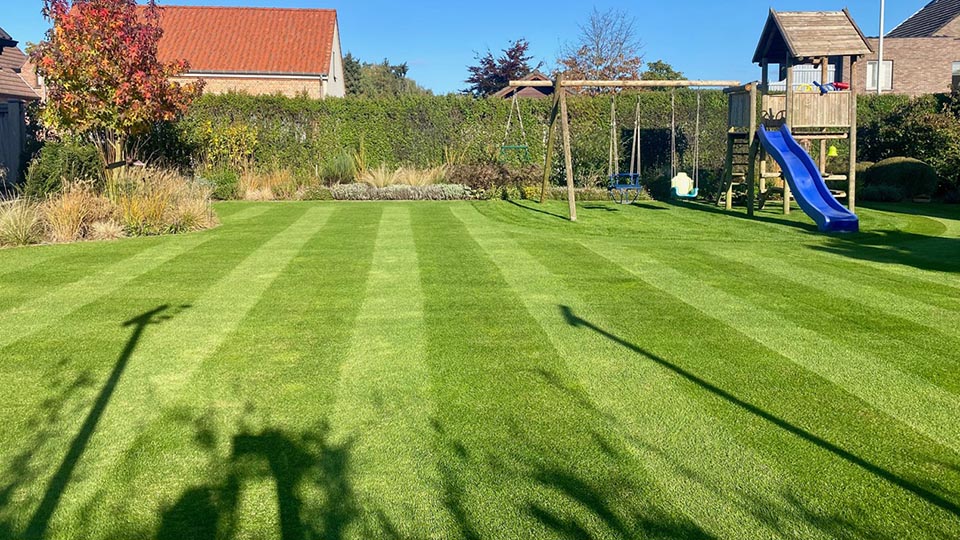
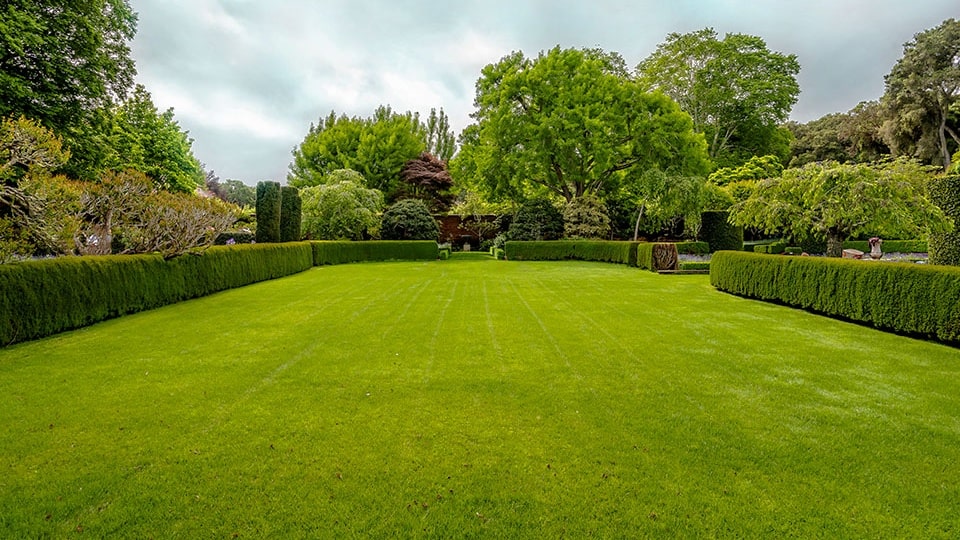
Comments (0)
There are no comments yet. Well then, what are you waiting for to
Be the first to write your comment!inaugurate this pretty page?
Do you have some comments?